
Nowadays, in our current society, it is obvious that depression and anxiety are parts of the most common concerns related to mental health. They are usually described as a complicated set of functional as well as emotional challenges. Depression is not the same as anxiety. However, they often come along with each other. It is common for those who are suffering from anxiety to be depressed and those who are having depression to go through anxiety. Many treatments usually have an overlap. Therefore, it is necessary to know about the conditions of both mental disorders. With these facts about depression and anxiety2014 in the article, you will learn more about the facts about depression as well as anxiety.
Facts About Depression And Anxiety You Should Know In 2024
I. Facts About Depression
1. What Is Depression?

Depression is known as a popular disorder which has affected more than 300 million people all over the world. It is described as a condition that gives negative effects to the patients’ family, school life, work life, daily habits as well as general health. In America, the total cases of depression have increased each year in 20th century. Now, according to the Centers for Disease Control, one out of ten people experience an episode of depression.
This kind of mental disorder is usually characterized by low mood as well as low energy, low self respect and lack of pleasure or interest in normal daily activities. It usually carries these following signs and symptomsof depression:
– Sleep disorders. The patient may experience either too little sleep or too much.
– Sudden and dramatic changes in weight and appetite.
– Anxiety or irritability.
– Physical symptoms which are chronic, such as gastrointestinal disturbances, pain or headaches.
– Fatigue
– Lack of energy.
– Feelings of consistent guilt, sadness, hopelessness or lack of self respect.
– Thinking troubles, such as concentration difficulties, memory loss or challenges making decisions.
– Constant thoughts of suicide or death.
2. Depression Nowadays In Our Society
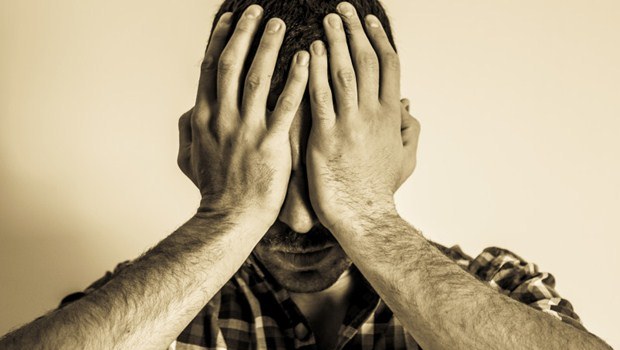
– It is reported that about one million Australian people are dealing with depression. Moreover, there are about 2.3 million are going through anxiety.
– Every year, there are about 10,000 young people in Australia have to bear with depression every day.
– 14% of new Australian mothers are affected by the postnatal depression.
– In ten years, from 1998 to 2024, in Australia, the popularity of depression reported in a sample group raised from 6.8 percent to 10.3 percent.
– It affects about one in seven as well as one in four people singly at some certain period in their own lives.
– Depression is one of the most leading medical causes of disability and death in 20 years.
3. Social Effects Of Depression
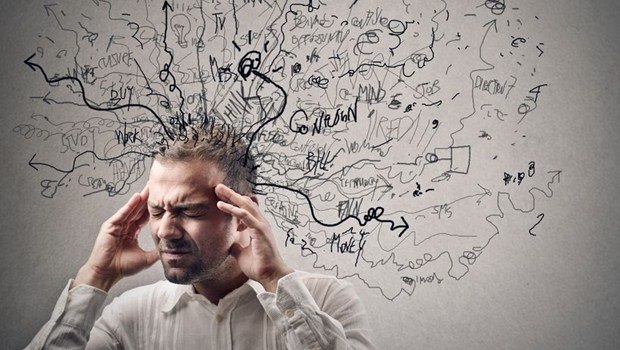
– It is reported by the World Health Organization that death caused by suicide makes up more decease than either by armed conflicts or traffic accidents.
– There are about 900,000 cases of suicide each year all over the world. Moreover, the WHO data shows that among people from 15 to 34 years old, suicide has become one of the 3 most common causes of death.
– Each year, about 2000 people in Australia decease from suicide. In addition, men are 4 times more likely to decease by suicide rather than women. Moreover, men tend to choose to end their existence by using more violent ways.
– In 2024, in Australia, 1.6 percent of all deaths were reported to relate to suicide. This percentage is equal as in the year of 2024 and 2024.
– In 2024, in Australia, males account for about 77% of deaths due to suicide.
4. Economic Effects Of Depression
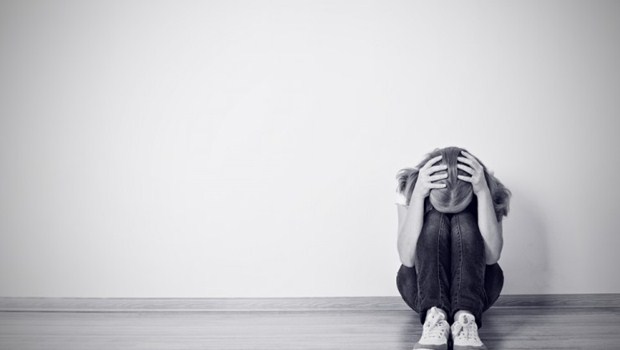
– The disability associated to depression costs the economy in Australia about 14.9 billion dollars each year.
– Each year, they lose approximately 6 million working days in Australia.
– Due to treatment costs, the community in Australia pays more than 600 million dollars every year for depression.
5. Care And Treatment
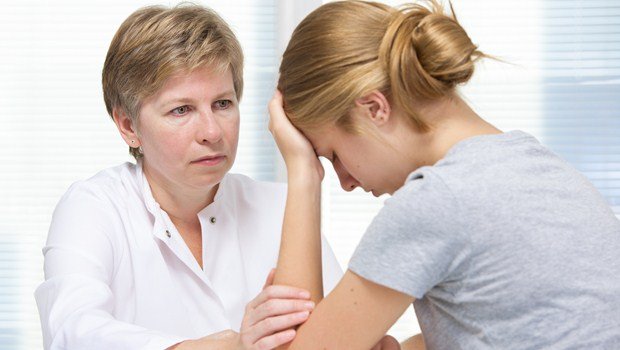
– Currently, depression has become the most common cause of disability, which is not fatal, in Australia. Moreover, only 50% of the cases of depression are receiving proper medical care.
– According to a study conducted by Australian researchers, there were only 30.8% of those who needed medical attention for depression had fully satisfied their needs as well as relived depression and anxiety, while there were still many people had barely met their medical needs.
– Doing exercises and having healthy diets are believed to be effective ways to treat depression.
II. Facts About Anxiety
1. What Is Anxiety?
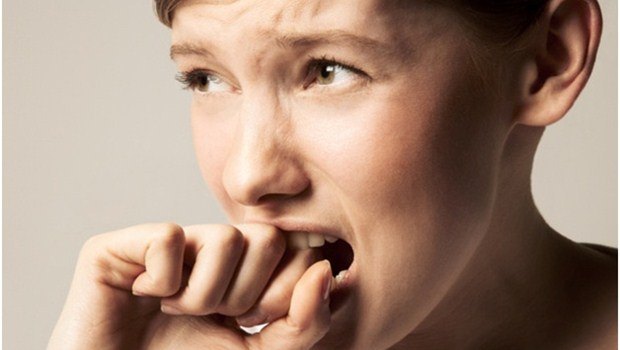
When people are going through severe stress, anxiety is an usual reaction to it. Anxiety can be used as an effective mean to cope with difficult or unpleasant situations. Nevertheless, when anxiety turns to be excessive, it is much likely to be classified as anxiety disorder. It is estimated that one out of five people experience anxiety disorder. Therefore, in America, it has become the leading mental disorder.
Anxiety is typically characterized by physical, emotional or behavioral symptoms which cause a disturbing feeling that usually includes fear, uneasiness or worry. The worry usually comes alone with other physical symptoms, such as fatigue, muscle tension, headaches, muscle aches, troubles swallowing, irritability, twitching, trembling, hot flashes or sweating. The patients may experience emotional symptoms such as racing thoughts, fear and feelings of incoming doom. People experiencing anxiety usually cover themselves in their own shells and try to avoid communicating with other people or going to some certain places.
The most common kind of this mental disorder is generalized anxiety disorder. However, besides that, there are still other kinds of anxiety disorders, such as phobias, panic disorder, obsessive compulsive disorder and post traumatic stress disorder.
2. How Common Are They?
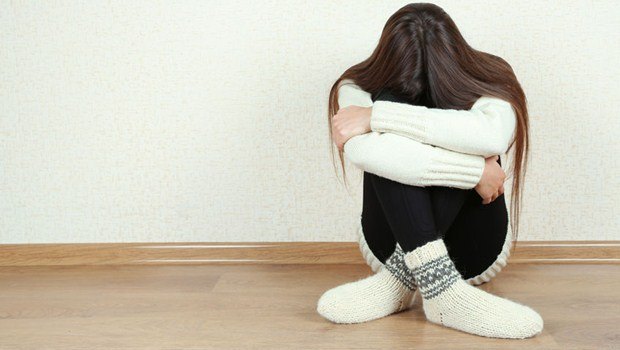
– In America, it is reported that anxiety disorders have become the leading mental disorder. This debilitating illness has a great impact on over 19 million people every year in this country.
– In 1990, the American government had to pay over 46.6 billion dollars for anxiety disorders. This amount of money accounted for almost one third of this country’s total bill in mental health, which was 148 billion dollars.
3. Different Kinds Of Anxiety

– Panic disorder: Patients have to suffer from repeated intense fear which occurs very often and usually does not come along with warning. Besides, they also experience physical symptoms such as heart palpitations, chest pain, dizziness, breath shortness, unrealistic feelings, abdominal distress as well as fear of death.
– Obsessive compulsive disorder: Patients have to suffer from repeated and uninvited thoughts as well as compulsive behaviors which occur to be impossible to control or stop.
– Post traumatic stress disorder: Patients who had experienced a tragic event in the past such as war, rape, child abuse, criminal assault, crashes or natural disasters may go through persistent symptoms. These symptoms include flashbacks, nightmares, depression, emotional numbness. These patients are constantly feeling angry, distracted or irritable as well as easily startled.
– Phobias: This kind of anxiety disorders consists of two types which are specific phobia and social phobia. Those who are suffering from social phobia usually experience disabling as well as overwhelming fear of humiliation, embarrassment or scrutiny in social circumstances. This case usually leads to evasion of potentially meaningful as well as enjoyable activities. Those who are suffering from specific phobia usually go through disabling, irrational as well as extreme fear of things that hold little or even no actual danger. This fear causes the patient to avoid situations or objects and unnecessarily limit their own lives.
– Generalized anxiety disorder: This kind of anxiety disorders brings about unnecessarily exaggerated worrisome tension and thoughts about daily life activities and events. These cases usually last at least half a year. These patients usually expect the worst despite the fact that there are not any reasons to do so. This illness comes along with physical symptoms, including trembling, headache, fatigue, nausea or muscle tension.
4. Efficient Treatments

Many research institutions have developed treatments to help patients overcome anxiety. Those who are suffering from this illness are assisted throughout their hard time. They usually receive combine medication as well as psychotherapy types which were created specifically for them.
Nowadays, many medications have been created in order to efficiently treat this illness. Some certain groups of drugs which are benzodiazepines as well as antidepressants are included in these medications. Patients can try other medications, in case one does not work. Currently, new kinds of medications are being developed in order to successfully treat the symptoms of anxiety.
However, more and more people now turn to take natural methods for depression or anxiety instead of applying medical treatments that can cause harmful side effects.
This is the end of the articleaboutFacts About Depression And Anxiety. We hope that after reading this article, you will be able to find more about facts about depression as well as anxiety in order to find a proper way to prevent or treat this illness. If you find this “Facts About Depression And Anxiety” article useful, please let us know what you think by leaving a comment down the section below. If you have any questions related to this article, please feel free to reach us any time. There are also many other health related articles from the site vkool, please take sometimes to pay them a visit. We will make sure that you will learn something meaningful and useful from them to apply into your daily life.
Want More Content Like This In Your Inbox?
- Explore Meditation Review – Will Niges Coates’s Guide Work?
- The anxiety-free child program review – is the guide helpful?
- Skin Cancer Prevention Tips, Activities and Early Detection
- Stop The Ringing Review – Is Geoff Barker’s Tinnitus Cure Useful?
- 11 Early Symptoms Of Dementia
- 8 Natural Home Remedies For Low Blood Pressure Treatment
- 11 best natural home remedies for irregular periods
- What Are The Warning Signs Of Cancer – 8 Early Signs

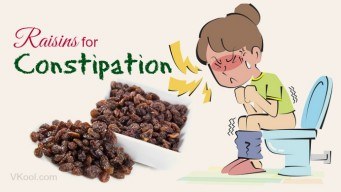

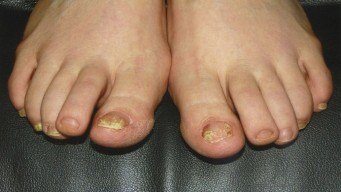

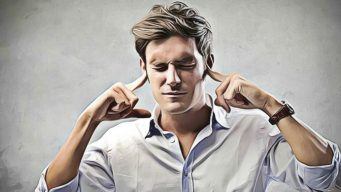
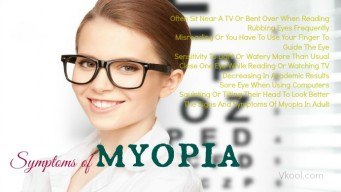



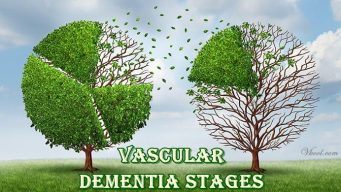

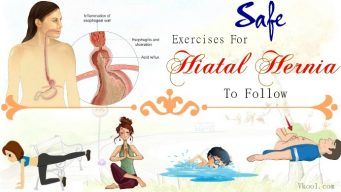

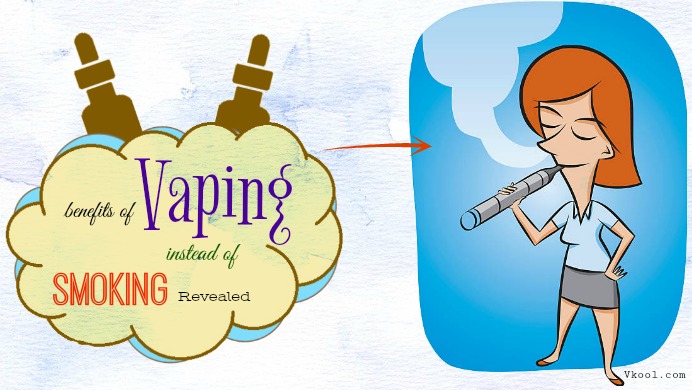

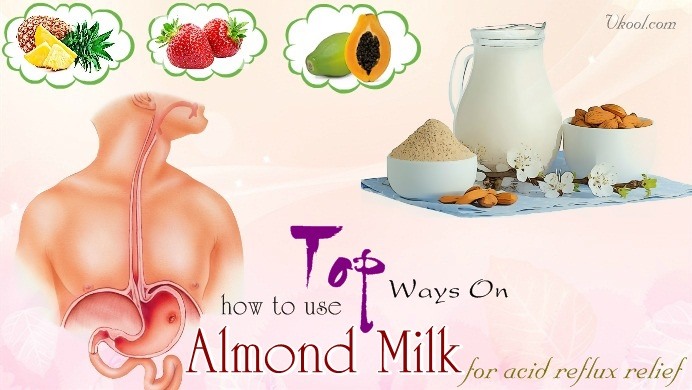
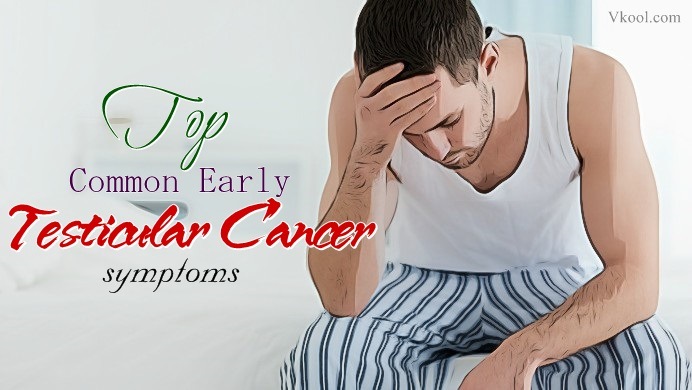

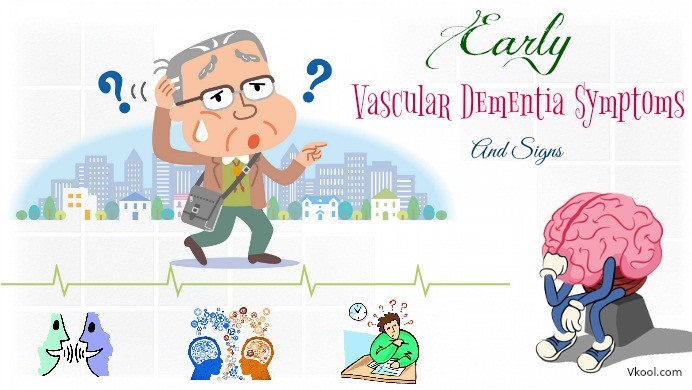

 Top 10 Amazing Health Benefits Of Tea
Top 10 Amazing Health Benefits Of Tea  Truth About Hypnosis Review – Discover Jim Katsoulis’s Program
Truth About Hypnosis Review – Discover Jim Katsoulis’s Program  Guava leaves benefits: top 24 advantages for skin, hair &health
Guava leaves benefits: top 24 advantages for skin, hair &health 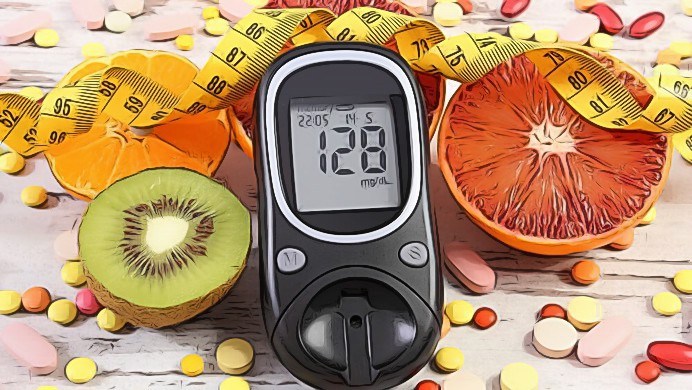 Top 10 Good Foods For Diabetics To Eat Are Recommended
Top 10 Good Foods For Diabetics To Eat Are Recommended 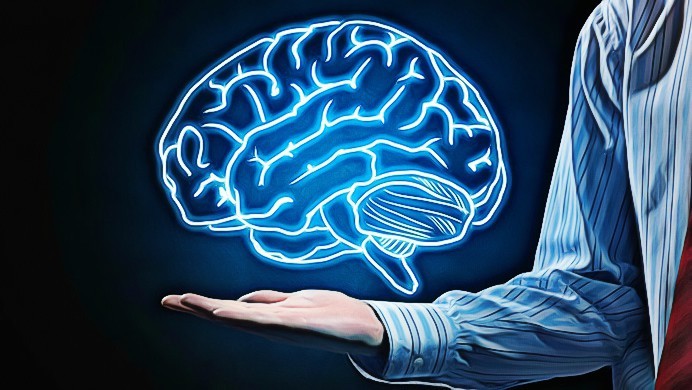 Brain Evolution System Review – Will Lee’s Program Be Useful?
Brain Evolution System Review – Will Lee’s Program Be Useful?  Stop Sciatica In 8 Minutes Review – Is It Reliable?
Stop Sciatica In 8 Minutes Review – Is It Reliable?  10 Ideas For Egg Salad Recipes – Easy & Healthy Recipes
10 Ideas For Egg Salad Recipes – Easy & Healthy Recipes  Tacfit Commando Pdf Review – Can Scott’s Fitness Program Work?
Tacfit Commando Pdf Review – Can Scott’s Fitness Program Work? 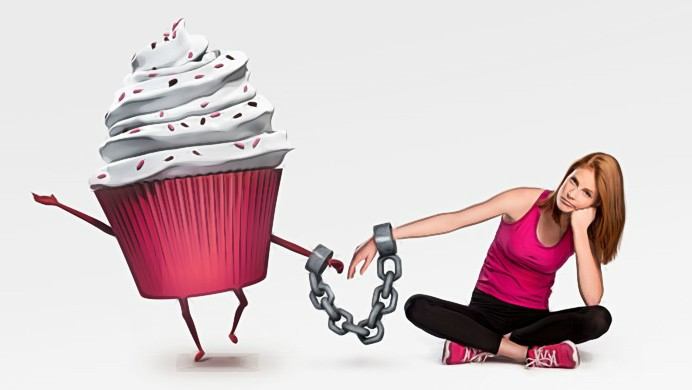 26 Best Ways To Break Sugar Addiction Naturally Today
26 Best Ways To Break Sugar Addiction Naturally Today  30 Bad Habits That Cause Belly Fat
30 Bad Habits That Cause Belly Fat